Description
This best-selling introduction stresses the development of statistical thinking – the assessment of credibility and value of the inferences made from data – by both those who consume and those who produce the information. The authors emphasize inference; data collection and analysis are covered extensively, as needed, to evaluate the reported results of statistical studies and to make good business decisions. Numerous case studies, examples, and exercises draw on real business situations and recent economic events. Assumes a background in basic algebra.
The text incorporates the following American Statistical Association (ASA) guidelines developed from both the Making Statistics More Effective in Schools of Business (MSMESB) conferences and Guidelines for Assessment and Instruction in Statistics Education (GAISE) Project:
- Students are most effectively motivated by seeing statistics at work in real applications, problems, cases, and projects.
- Students should be provided with the opportunity to work with real data and make use of technology for statistical computations.
- Formal training in probability needs to be downplayed in favor of intuitive concepts of probability.
- We need to reduce our emphasis on formal theory of statistics and increase emphasis on applications.
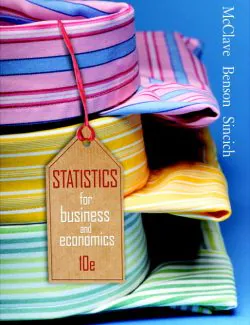
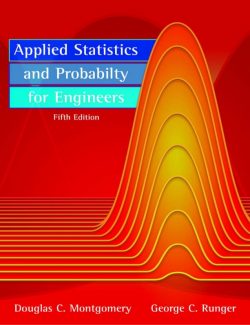
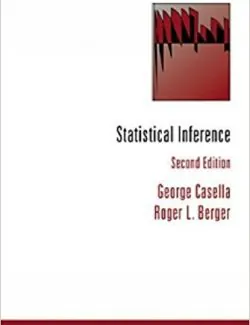
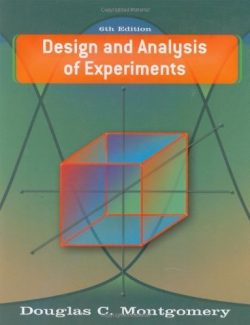
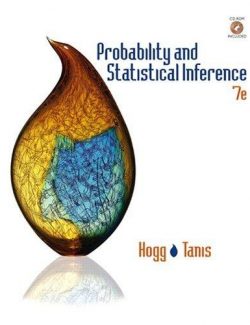
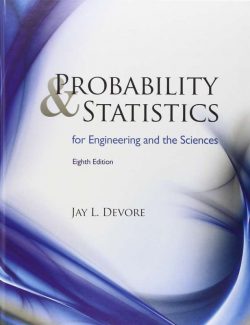

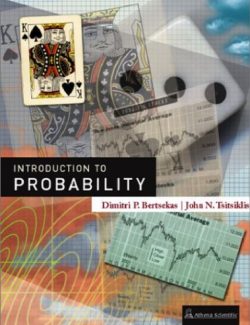
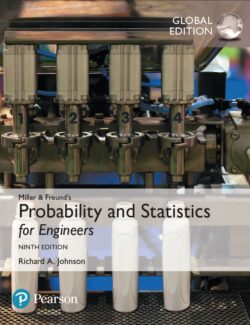
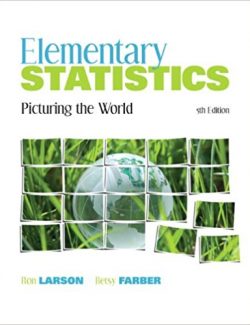
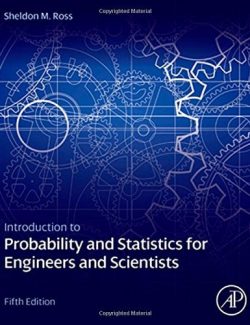
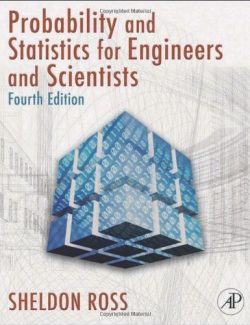
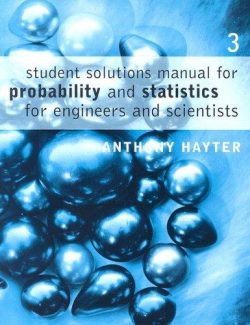
Leave us a comment
No Comments